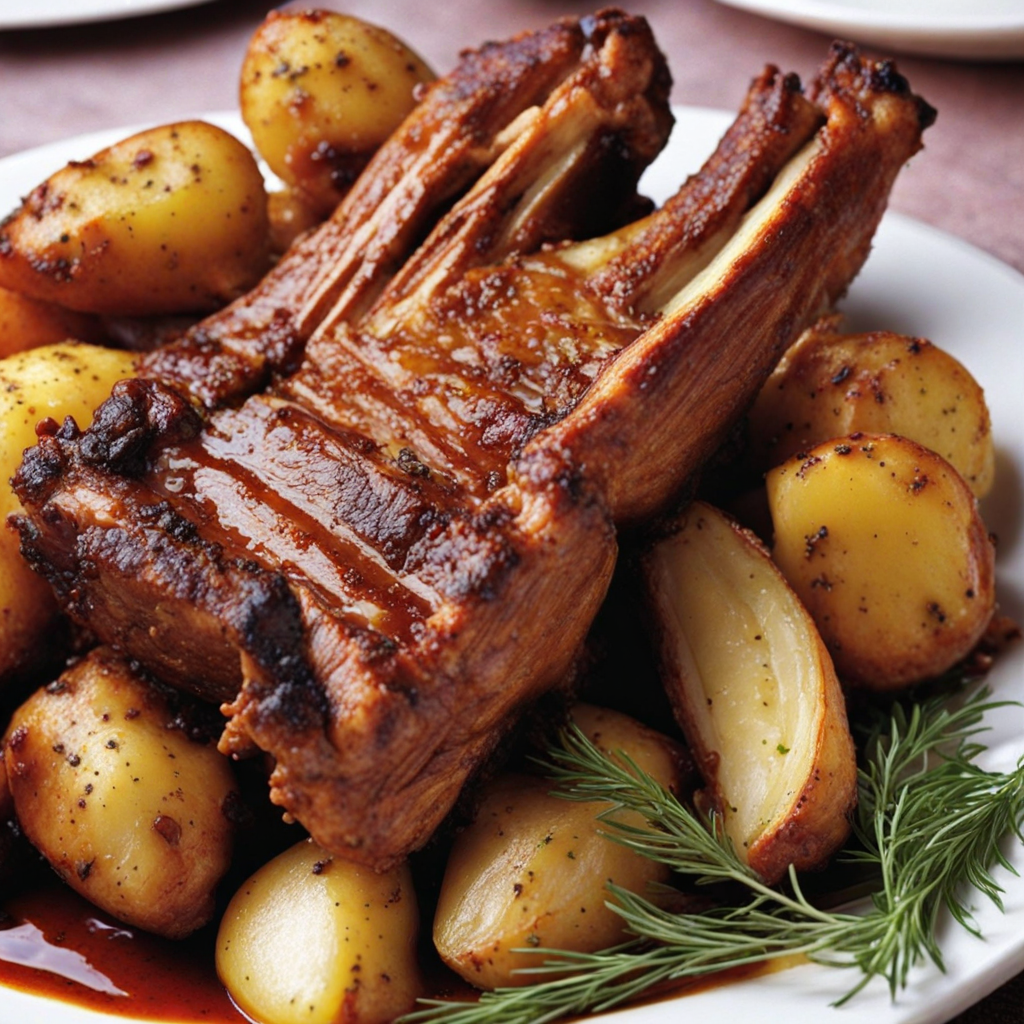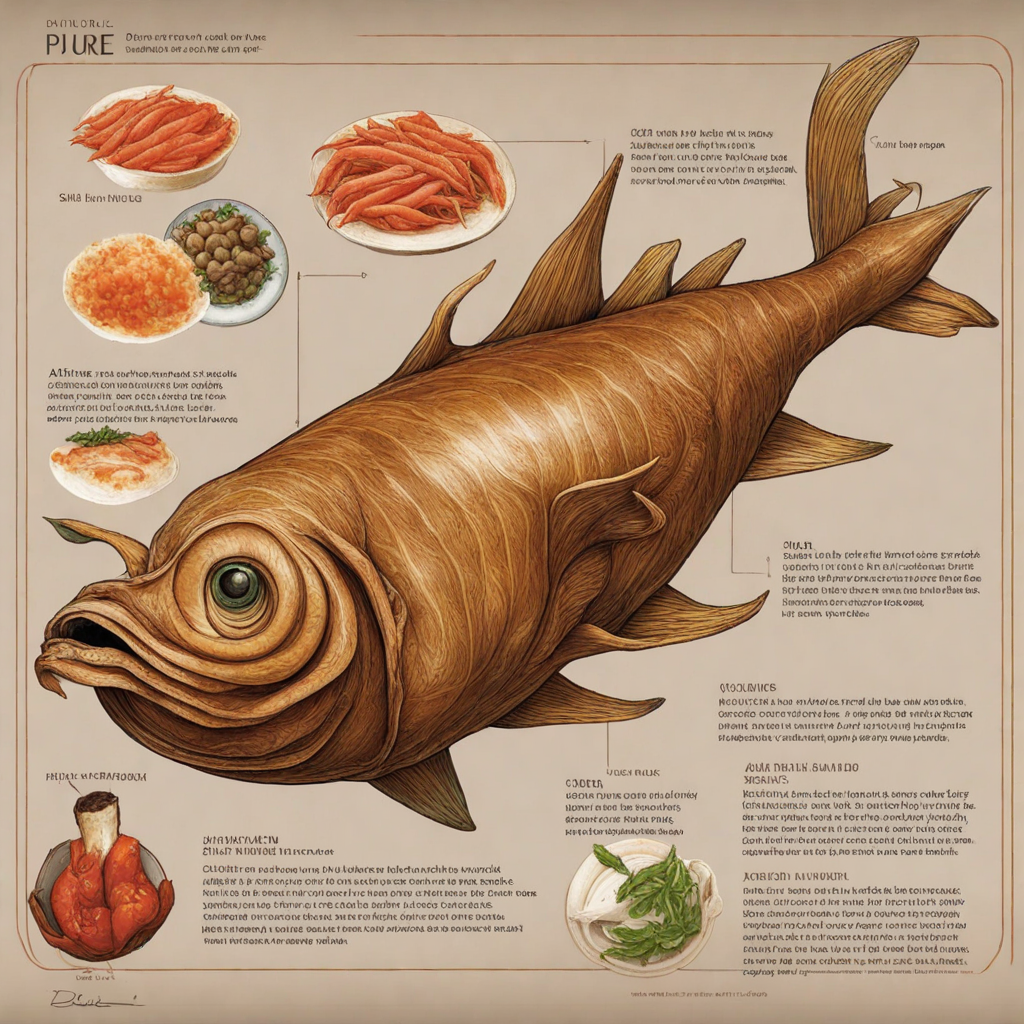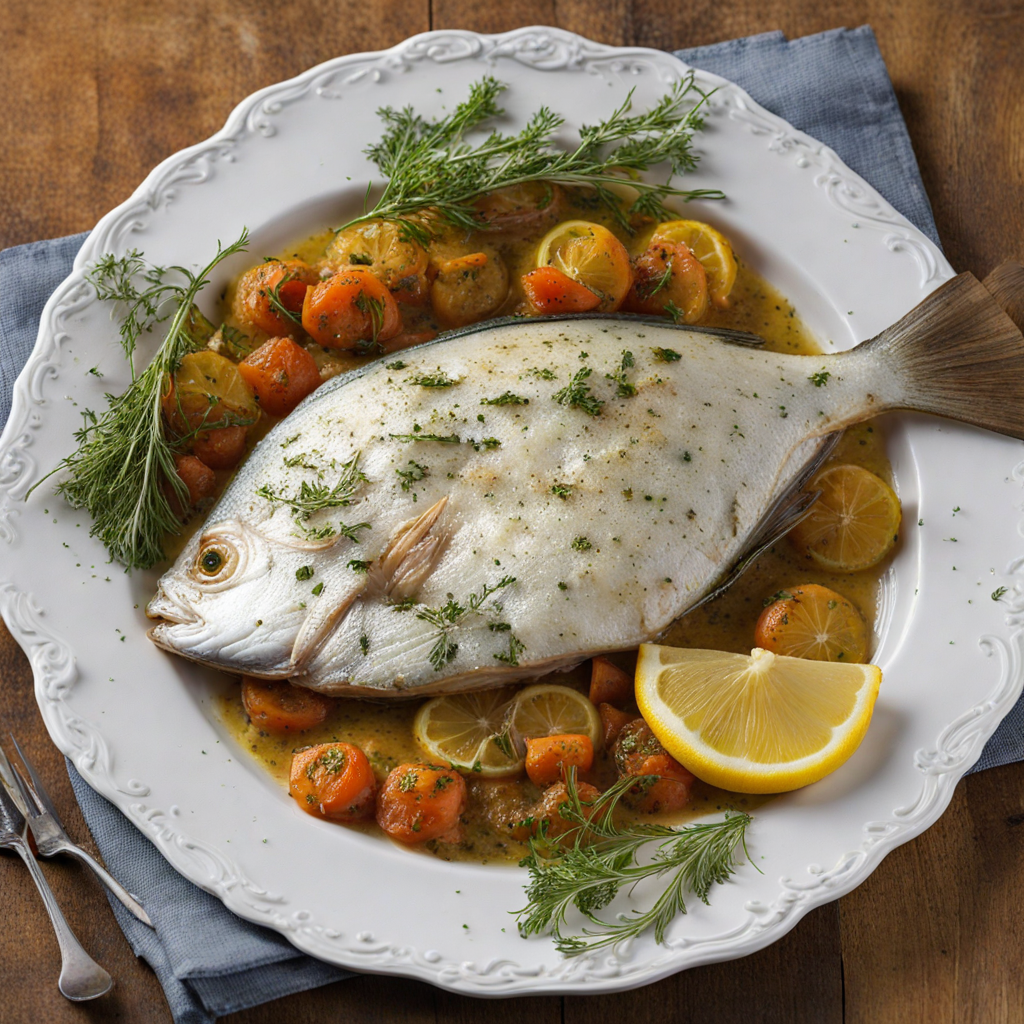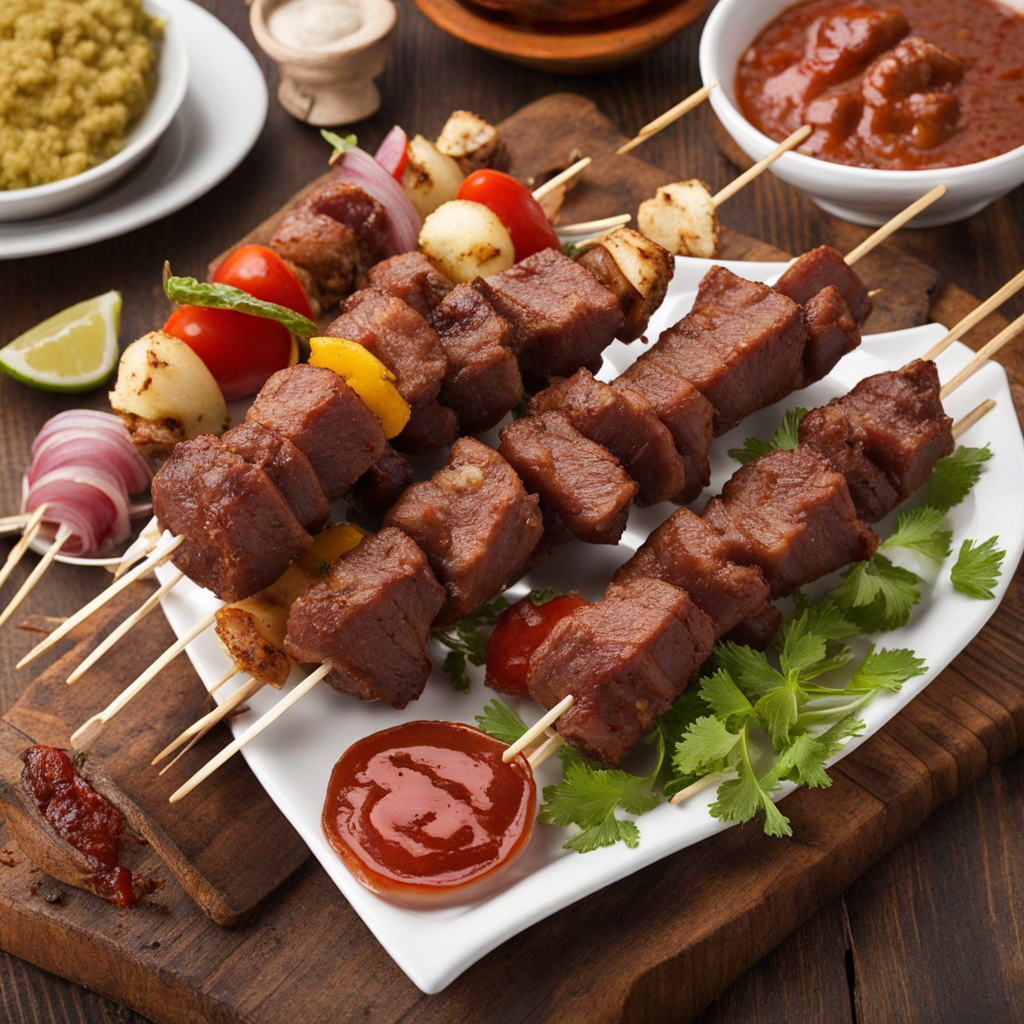Costillar de Chancho
Costillar de Chancho, or pork ribs, is a beloved dish in Chile that showcases the country's rich culinary heritage. The ribs are typically marinated in a blend of spices, herbs, and sometimes a touch of citrus, which infuses the meat with deep flavors. The marinade often includes ingredients like garlic, paprika, and cumin, providing a warm, aromatic base that complements the natural richness of the pork. This dish is usually slow-cooked or grilled, allowing the fat to render and the meat to become tender and juicy, resulting in a flavor profile that is both hearty and satisfying. When served, Costillar de Chancho is often accompanied by traditional sides such as pebre—a fresh salsa made from tomatoes, onions, cilantro, and chili peppers. This bright and zesty condiment adds a refreshing contrast to the succulent meat. Additionally, you might find it paired with roasted potatoes or a simple salad, which helps to balance the meal. The combination of the smoky, savory ribs with the tangy pebre creates a delightful harmony of flavors that is characteristic of Chilean cuisine. Enjoying Costillar de Chancho is not just about the taste; it's an experience that brings people together, often served at family gatherings or barbecues. As you sink your teeth into the tender meat, you'll discover the enchanting layers of flavor that represent the heart and soul of Chilean cooking. Each bite is a celebration of tradition, showcasing the importance of communal dining and the joy of sharing delicious food with loved ones.
How It Became This Dish
Costillar de Chancho: A Culinary Tradition of Chile The culinary landscape of Chile is a vibrant tapestry woven from indigenous ingredients and European influences, reflecting a rich history of cultural exchange and adaptation. Among the many treasures of Chilean cuisine, the "Costillar de Chancho" stands out as a beloved dish that showcases the country's affinity for pork and its celebration of communal gatherings. This succulent dish, comprised of a rack of pork ribs, has deep roots in Chilean culture, evolving over time into a symbol of festive gatherings and familial bonds. Origins The origins of Costillar de Chancho can be traced back to the pre-Columbian era, when the indigenous Mapuche people inhabited the central and southern regions of Chile. These communities relied heavily on the local fauna, including wild boar, which was hunted for its meat. As European settlers arrived in the 16th century, they brought with them domesticated pigs, which quickly adapted to the diverse Chilean landscapes. The introduction of pigs transformed local diets and culinary practices, allowing for the development of a variety of pork dishes. Pork became a staple protein in Chile, particularly among rural communities, who often raised pigs on family farms. The tradition of celebrating significant events with a pig roast was established, leading to the emergence of Costillar de Chancho as a centerpiece for festive occasions. The dish is typically prepared by marinating the ribs and then slow-cooking them, often over an open flame or in an oven, which infuses the meat with rich flavors while achieving a deliciously tender texture. Cultural Significance Costillar de Chancho is more than just a dish; it is a cultural symbol that embodies the spirit of togetherness and celebration in Chile. Traditionally served during holidays, family gatherings, and community events, the dish plays an integral role in Chilean social life. The preparation of Costillar de Chancho is often a communal effort, where family members come together to marinate, cook, and enjoy the meal, fostering bonds and creating lasting memories. In Chile, food is often synonymous with hospitality, and Costillar de Chancho epitomizes this ethos. It is common to see this dish during celebrations such as Fiestas Patrias, the national celebration of Chilean independence, where families and friends gather to enjoy traditional foods, music, and dance. During these festivities, Costillar de Chancho embodies the spirit of national pride and cultural identity, uniting people around a shared love for their culinary heritage. Development Over Time As Chilean society modernized and urbanized in the 20th century, the preparation and presentation of Costillar de Chancho evolved. While traditional methods of cooking over an open flame remained popular, the dish also began to adapt to contemporary culinary trends. Chefs and home cooks started experimenting with different marinades and cooking techniques, incorporating global ingredients while still respecting the dish's traditional roots. The marinade for Costillar de Chancho is a crucial element, often comprising a blend of spices, herbs, garlic, and vinegar. Over time, variations have emerged, reflecting regional flavors and personal preferences. In northern Chile, for example, the use of citrus-based marinades became popular, while southern regions incorporated spices like ají, a type of chili pepper that adds heat and depth to the dish. These regional variations have led to a rich diversity in the ways Costillar de Chancho is prepared and enjoyed across the country. In recent years, the growing interest in Chilean cuisine has led to a renaissance of traditional dishes, including Costillar de Chancho. As chefs seek to showcase authentic flavors, this dish has made its way onto restaurant menus, both in Chile and internationally. The rise of gastronomy tourism in Chile has also brought attention to the culinary heritage of the country, with travelers eager to experience traditional dishes in their authentic settings. Modern Interpretations Today, Costillar de Chancho continues to be a beloved dish in Chile, cherished for its ability to bring people together. While the traditional preparation remains popular, modern interpretations have emerged, integrating international culinary techniques and global influences. For instance, some chefs experiment with sous-vide cooking methods to ensure precision in achieving the perfect tenderness, followed by a quick sear on the grill for added flavor and presentation. Additionally, the rise of the farm-to-table movement has influenced the way Costillar de Chancho is prepared and served. Many chefs prioritize sourcing local, sustainable ingredients, reflecting a commitment to supporting local farmers and preserving the environment. This shift not only enhances the quality of the dish but also reinforces the importance of community in the culinary landscape. Conclusion Costillar de Chancho is more than just a dish; it is a representation of Chile's rich culinary heritage and cultural identity. From its origins in indigenous hunting practices to its prominence in modern Chilean cuisine, this dish has evolved while remaining a symbol of togetherness, celebration, and national pride. As it continues to adapt to contemporary tastes and trends, Costillar de Chancho embodies the resilience and dynamism of Chilean culture, ensuring it remains a cherished tradition for generations to come. In a world where food serves as a powerful connector, Costillar de Chancho stands out as an embodiment of the shared experiences, memories, and flavors that define the Chilean spirit. Whether enjoyed at a family gathering or a festive celebration, this dish reminds us of the importance of community, tradition, and the joy of coming together around a table filled with love and delicious food.
You may like
Discover local flavors from Chile







